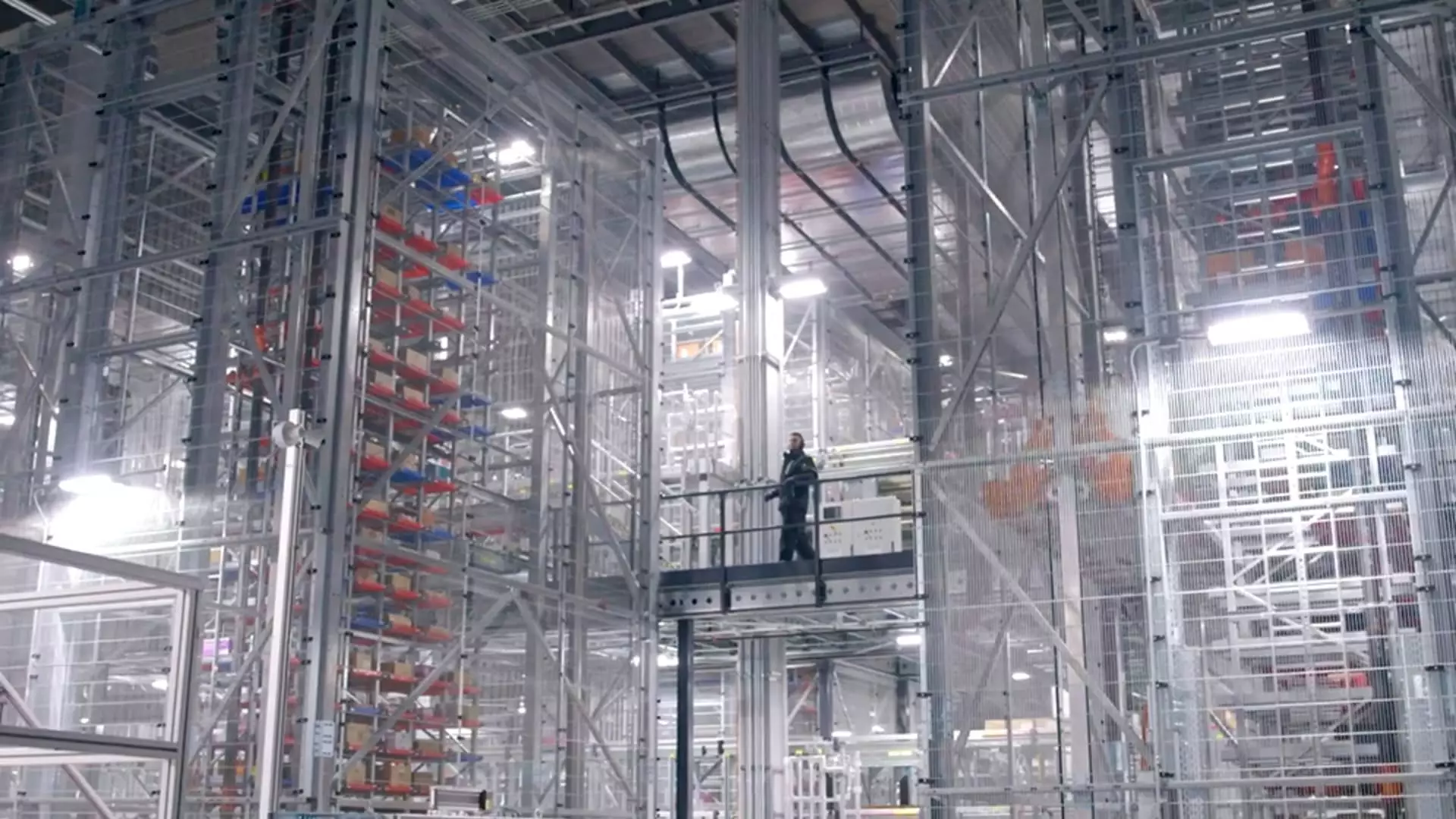Walmart recently announced the opening of five automated distribution centers for fresh food across the country as part of its efforts to enhance efficiency and keep up with the growing demand for online grocery shopping. These new facilities, which are approximately 700,000 square feet each, are equipped with cutting-edge automation technology to handle chilled and frozen goods.
The implementation of automation in Walmart’s distribution centers is aimed at streamlining the company’s supply chain operations. By leveraging advanced technology to store and retrieve perishable items like strawberries and frozen chicken nuggets, Walmart is able to better manage its inventory and quickly fulfill store orders as well as online deliveries. This move comes in response to the changing shopping habits of customers who are increasingly opting for services like store pickup and home delivery.
CEO Doug McMillon’s strategic focus on automation, along with other higher-margin business initiatives such as advertising, is expected to drive Walmart’s profits ahead of its sales growth in the next five years. By automating its supply chain facilities, Walmart aims to optimize its operations, reduce costs, and enhance overall profitability. The high-tech automated distribution centers boast improved storage capacity and processing capabilities, allowing the company to handle larger volumes of products more efficiently.
While automation presents numerous benefits for Walmart, including increased productivity and cost savings, it also brings about certain challenges. The company’s capital expenditures are expected to rise significantly as it invests in expanding automation across its distribution network. Additionally, the adoption of automation may lead to changes in the nature of work for Walmart employees, potentially resulting in the redistribution of roles and responsibilities within the organization.
Looking ahead, Walmart plans to continue its automation efforts, with two-thirds of its stores expected to be serviced by automated technology by early 2026. The retailer anticipates a substantial improvement in unit cost averages as a result of automation, further boosting its operational efficiency. While the company acknowledges the potential impact on jobs at its distribution centers, Walmart remains committed to maintaining its workforce and adapting to the evolving needs of its operations.
Overall, Walmart’s embrace of automation in its distribution centers signifies a strategic shift towards innovation and efficiency in a rapidly changing retail landscape. By capitalizing on cutting-edge technology and optimizing its supply chain operations, Walmart aims to stay ahead of the curve and meet the demands of modern consumers.

